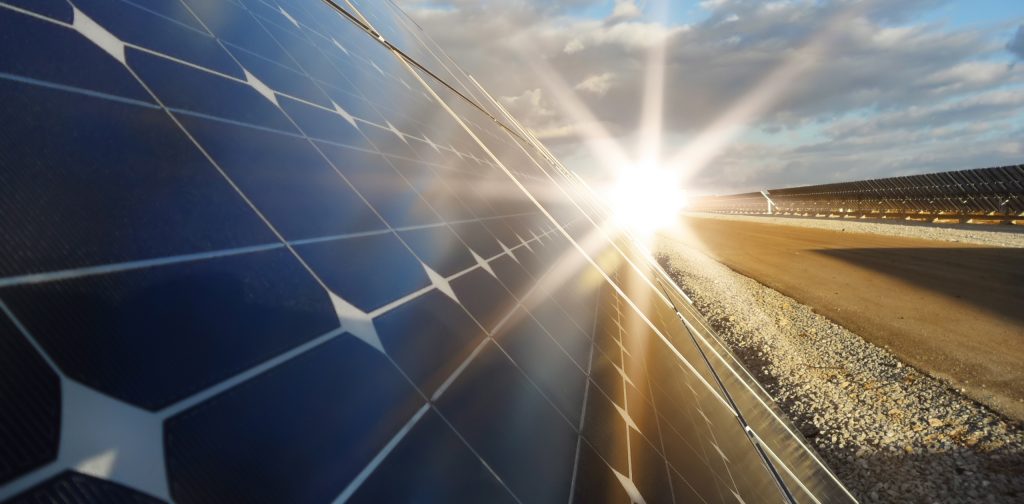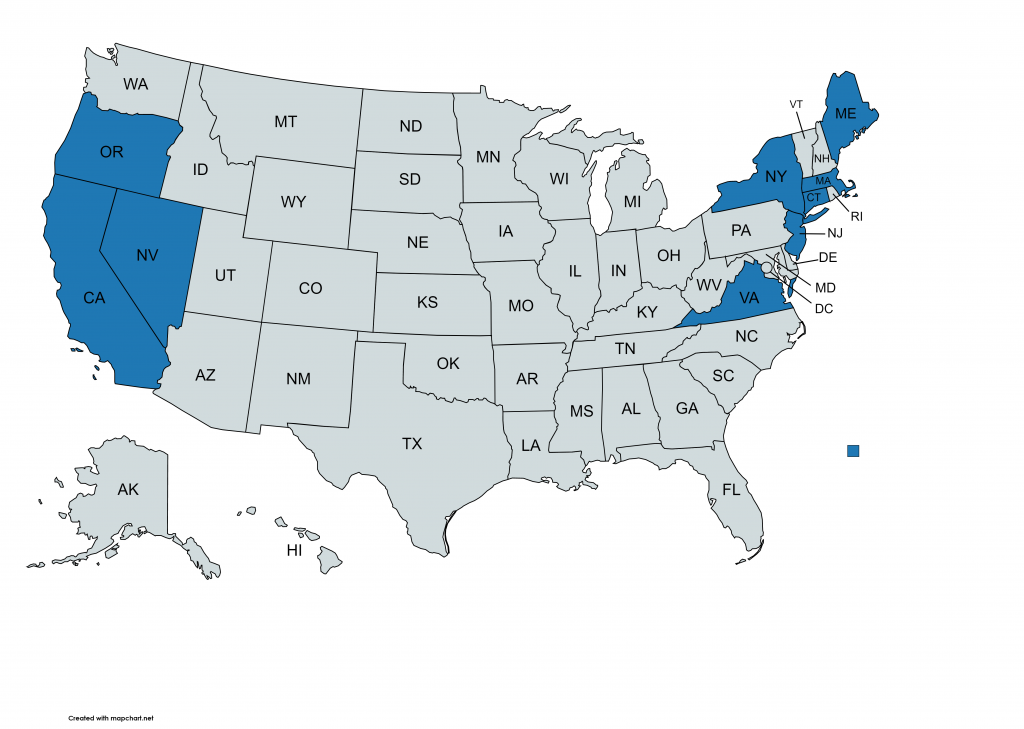
In response to the Coronavirus Disease 2019 (COVID-19) pandemic, the U.S. Treasury Department and Internal Revenue Service (IRS) issued Notice 2021-14 that further extends a safe harbor allowing taxpayers who are developing renewable energy projects to claim the production and investment tax credits
Previous Notice
The Treasury Department and the IRS previously released Notice 2020-41 back in May 2020. This notice informed taxpayers that for projects that began construction in either calendar year 2016 or 2017, the Continuity Safe Harbor is
satisfied if a taxpayer places the qualified facility or energy property in service by the end of a calendar year that is no more than five calendar years after the calendar year during which construction with respect to that qualified facility or energy property began.
More Breathing Room
In this latest notice, the Treasury Department and the IRS acknowledged continued COVID-related delays in the development of facilities eligible for tax credits. Accordingly, the notice provides relief for projects on which construction began in 2016 through 2020 by expanding the period that qualifies for the Continuity Safe Harbor.
Latest Provisions
- Any qualified facility or energy property that began construction under the Physical Work Test or the Five Percent Safe Harbor in calendar year 2016, 2017, 2018, or 2019, the Continuity Safe Harbor is satisfied if a taxpayer places the qualified facility or energy property in service by the end of a calendar year that is no more than six calendar years after the calendar year during which construction with respect to that qualified facility or energy property began.
- For for any qualified facility or energy property that began construction under the Physical Work Test or the Five Percent Safe Harbor in calendar year 2020, the Continuity Safe Harbor is satisfied if a taxpayer places the qualified facility or energy property in service by the end of a calendar year that is no more than five calendar years after the calendar year during which construction with respect to that qualified facility or energy property began.
- For any qualified facility or energy property to which the Continuity Safe Harbor does not apply, the Continuity Requirement is satisfied if the taxpayer demonstrates satisfaction of either the Continuous Construction Test or the Continuous Efforts Test, regardless of whether the Physical Work Test or the Five Percent Safe Harbor was used to establish the beginning of construction.
Fractal Energy Storage Consultants provides technical design, financial analysis, procurement, due diligence and OE services for energy storage and hybrid projects. Contact us today for more information https://www.energystorageconsultants.com.
read more





